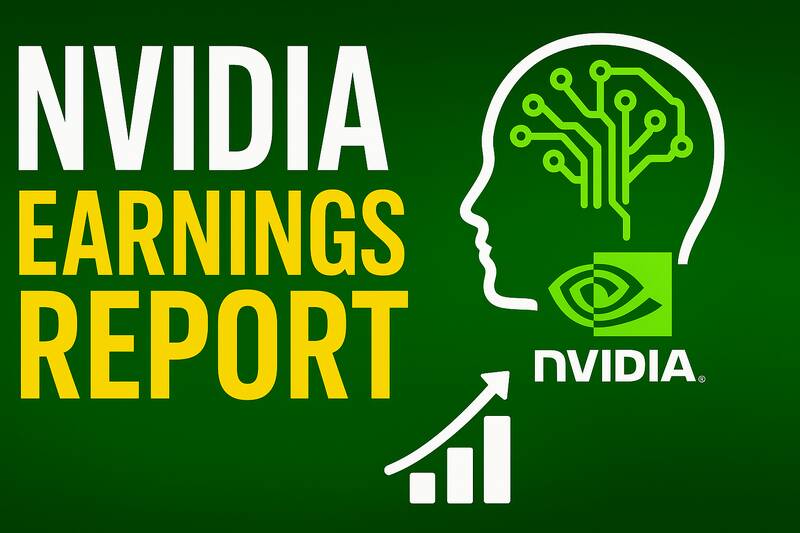
The noise you perceive isn’t the collapse of the AI bubble — it’s all the enterprises within the AI economy exhaling in relief. NVIDIA, the frontrunner in GPU chips that fuel the majority of AI models, once again surpassed market predictions. In the third quarter of 2025, the firm announced $57 billion in revenues, exceeding Wall Street’s estimates by $2 billion.
The bulk of this extra revenue stemmed from NVIDIA’s data center division, vital for AI models on the web. The only segment that lagged was its gaming chip division, which holds less significance for the AI industry.
“Sales are through the roof,” remarked NVIDIA CEO Jensen Huang regarding the company’s Blackwell chips, its newest GPU model. “Cloud GPUs are out of stock.” For the fourth quarter of 2025, the company anticipates even greater revenue of $65 billion.
Huang noted that the “AI ecosystem” is in a “virtuous cycle” and “growing rapidly.” He recently refuted the notion of an AI bubble, indicating that this expansion could persist indefinitely.
Nonetheless, the bubble still persists. OpenAI, Anthropic, Microsoft, and others have yet to demonstrate revenue growth from AI services dependent on NVIDIA chips. However, with all eyes on NVIDIA’s stability, these companies have more time to establish their value.
Despite NVIDIA’s robust position, Google’s introduction of its latest AI model, Gemini 3, developed on Google’s TPUs, not NVIDIA GPUs, presents a challenge. Should Google evolve into a significant AI chip competitor, price competition with NVIDIA could follow, possibly reducing expenses for AI services.
To sum up, the AI bubble might not burst right away, but its possibility isn’t ruled out either. The clarity of the situation will emerge following NVIDIA’s next earnings report in January 2026.